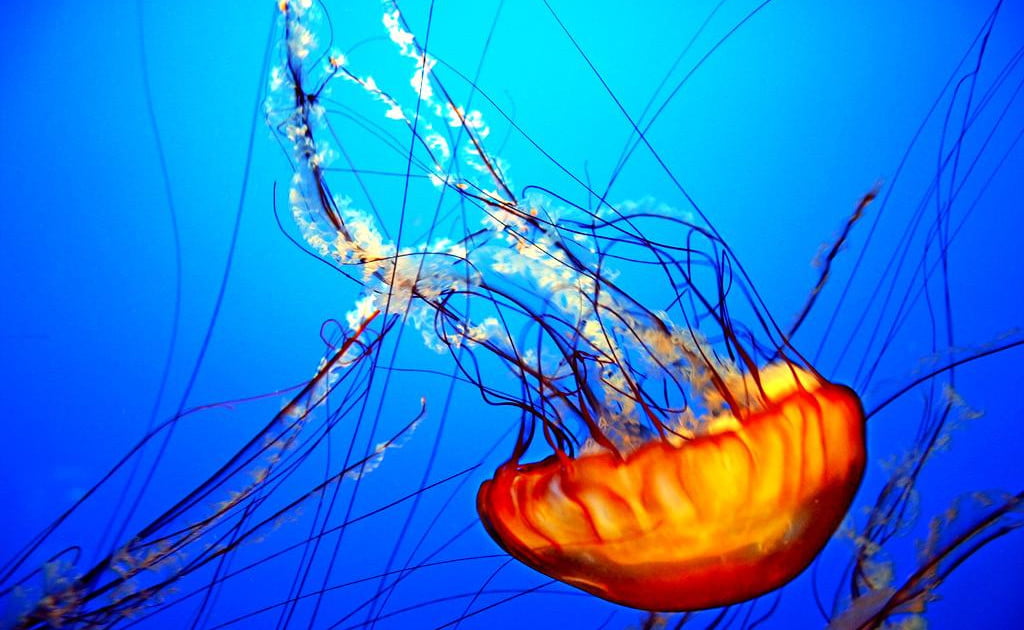The open ocean is one of the most terrifying and unforgiving habitats on the planet. It is a brutal home, one that has shaped many of its inhabitants into formidable creatures. With so many dangerous animals lurking beneath the waves, a sort of biological arms race is in effect between predators and prey. After millions of years of evolution, there are now dozens of species of poisonous fish, sea snakes, and other ocean life that could seriously ruin a scuba diving vacation.
The most poisonous sea animals in the world are as diverse as they are deadly. Every animal on this list is poisonous, not to be confused with all the venomous marine life in the ocean. The key difference is the delivery method, as venomous creatures actively inject their toxins while poisonous animals transfer their poisons only when touched or eaten. It's a small but important distinction, one that can be the difference between life and death in the wild. Here’s a look at eight of the most poisonous marine animals and breaks down what exactly makes them so dangerous.
The 8 Most Poisonous Ocean Animals
- Box Jellyfish
- Stonefish
- Blue-Ringed Octopus
- Beaked Sea Snake
- Marbled Cone Snail
- Portuguese Man O’ War
- Pufferfish
- Striped Pyjama Squid
Box Jellyfish
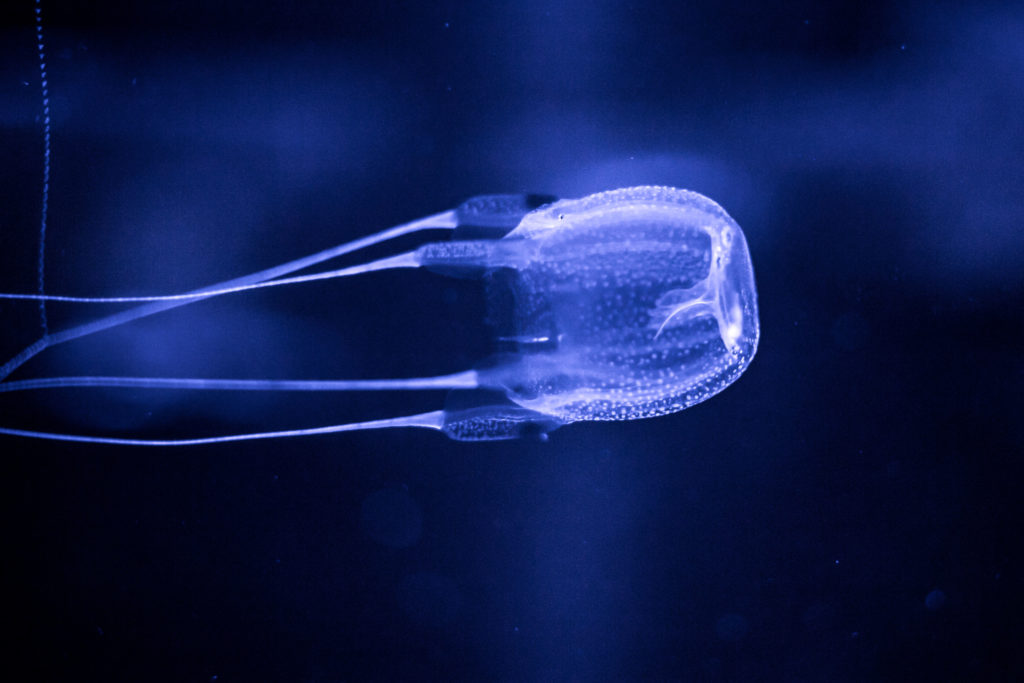
Photo by Rickard Zerpe / CC BY 2.0
Various species of the box jellyfish exist around the world. It primarily swims in the waters surrounding Australia, the Philippines, Hawaii, and Vietnam. While it may look harmless and innocent, this transparent invertebrate is one of the most poisonous sea creatures and has claimed the lives of more than 6,000 people.
The box jellies are also known as sea wasps. Their numerous tentacles contain venom that instantly stuns and kills its prey. Getting stung by one of these tentacles can cause heart failure. Most victims go into shock and drown once stung by box jellies. The pain from the venom can last for weeks, while parts of the body that made contact with the tentacles will have severe scarring.
Stonefish (Synanceia)
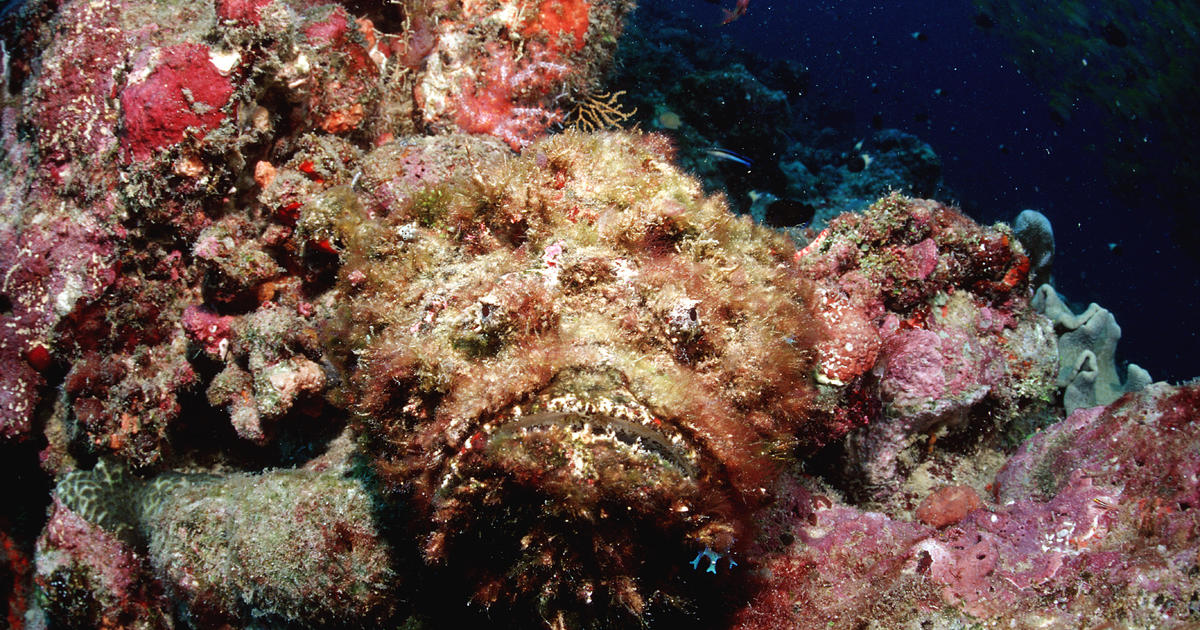
Stonefish are found in the coastal reefs along the Indo-Pacific regions and are high up on our list of top poisonous creatures. Stonefish are highly camouflaged fish and secrete powerful neurotoxins from the base of their dorsal fin spine. This venomous spine is a defense mechanism to avoid predation and isn’t a hunting tool.
Their venom can cause heart failure, paralysis, and tissue death. It can also kill an adult person in less than an hour if left untreated. Make sure to be alert around rocks, seafloors, and coral reefs, as stonefish are most likely hiding around these areas.
Blue-Ringed Octopus
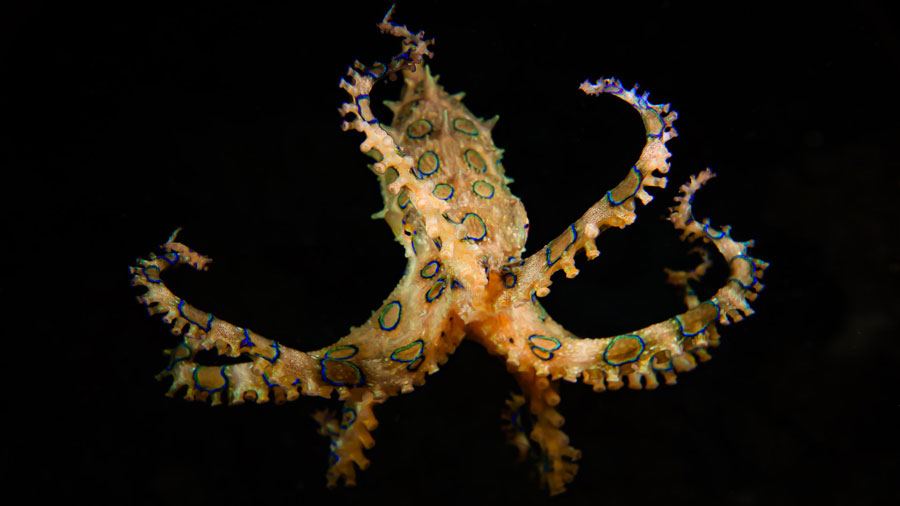
The blue-ringed octopus is found in the Pacific, primarily among the shallows of Australia and Japan. Its diet consists mostly of crab and shrimp. Despite its small size, the blue-ringed octopus possesses a venomous bite. Like most venomous and poisonous sea animals, its beautiful display of color is a warning sign to stay away.
Its venom contains tetrodotoxin, which is a type of neurotoxin that it releases through its salivary glands. This venom is 1,000 more potent than cyanide and can kill 26 adult humans within minutes. Since there’s currently no antivenom available for blue-ringed octopus venom, this animal is one of the most toxic sea creatures known to man.
Beaked Sea Snake (Enhydrina Schistosa)
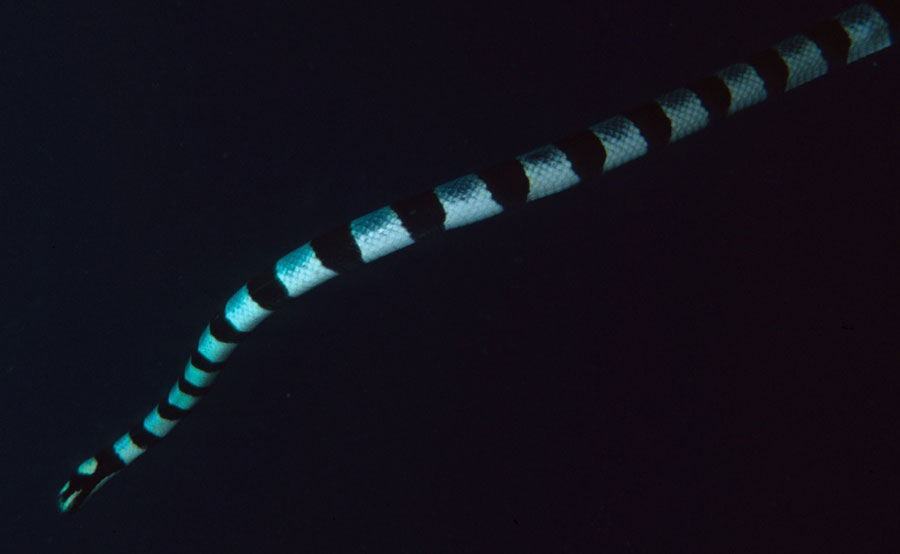
Photo by Derek Keats / CC BY 2.0
The beaked sea snake (also known as the hooked-nosed sea snake) can be found off the coast of India, Australia, Africa, and the Arabian Sea. This snake is a non-aggressive creature and will only strike if provoked. The venomous bite of the beaked sea snake is eight times more toxic than that of a cobra. 1.5 milligrams of its venom is enough to kill a human, while a full dose can kill about 22 people.
The toxin attacks the muscles of the body and causes excruciating pain and death if untreated within 24 hours. The beaked sea snake can dive up to a 100m deep and remain underwater for up to five hours while hunting fish. This creature often gets caught in fisherman’s nets, accidentally poisoning humans and resulting in fatalities.
Marbled Cone Snail (Conus Marmoreus)
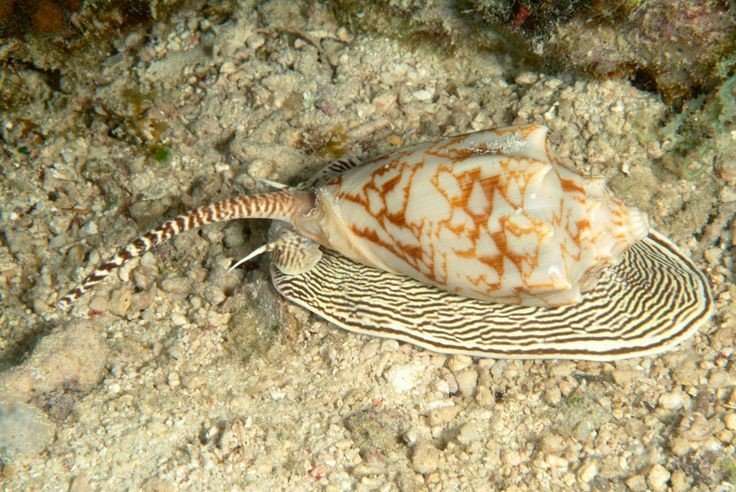
The brightly colored shell of the marbled cone snail entices people to pick it up, not knowing that the animal is one of the most venomous sea creatures in the world. The marbled cone snail can be found in the waters of Okinawa, the southern tip of India, and the southeast section of New Caledonia and Samoa. The marbled cone snail uses its harpoon-like proboscis to strike its prey and would-be predators with a deadly mixture of neurotoxins.
It uses its deadly harpoon to paralyze its prey, devouring it at its own leisure. Getting stung by one of these cone snails can prove to be fatal, as the venom causes muscle paralysis and respiratory failure. There’s no antivenom currently available for cone snail stings. Instead, various treatments can be administered until the toxin wears off. So the next time you see this beautiful shell by the beach, make sure to stay away.
Portuguese Man o’ War (Physalia physalis)
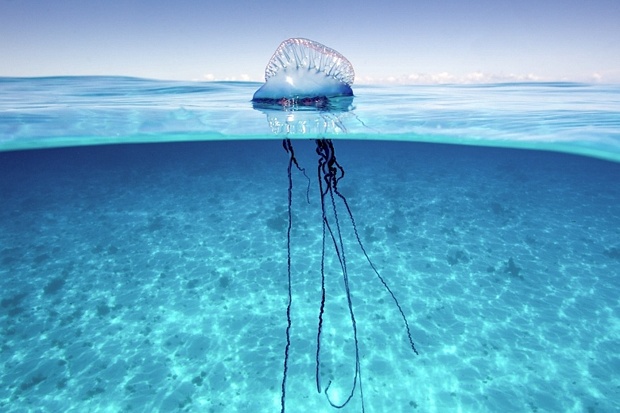
The Portuguese man-of-war is a highly venomous predator that is often seen floating around or washed up on shores. It is commonly mistaken for a jellyfish but is actually a siphonophore, or an animal made up of a colony of organisms functioning as one.
Man-of-wars were named as such due to their resemblance to 18th-century Portuguese warships. The second organism in this siphonophore is its long tentacles that extend up to 165 feet below the surface. These tendrils are covered in venom-filled nematocysts and entangle fish and small creatures, paralyzing and killing them for food. While man-of-war stings are rarely fatal to humans, they can still cause a lot of pain.
Pufferfish
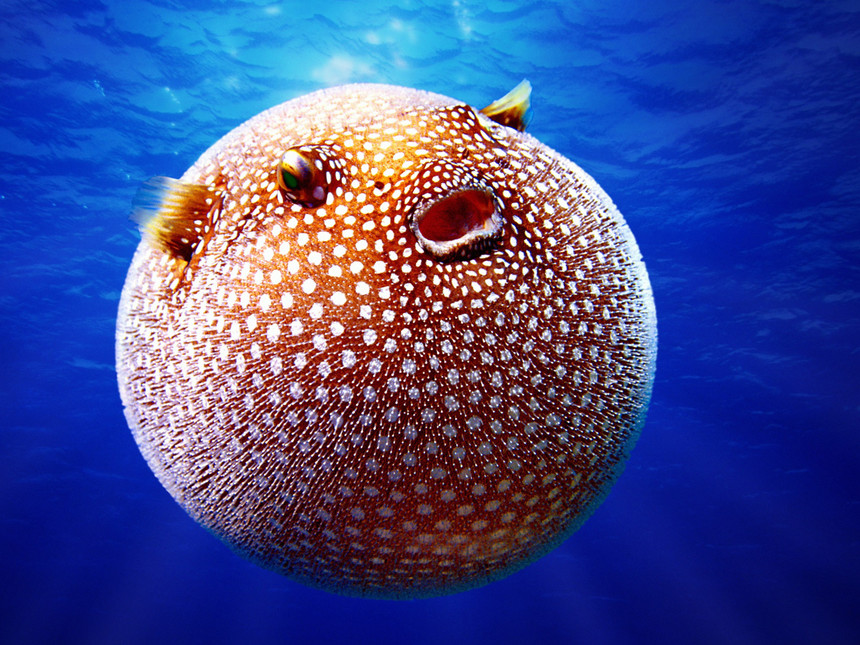
The pufferfish (or blowfish) is another poisonous fish that people should look out for. This fish species can inflate themselves when threatened, as their slow swimming makes them vulnerable to predators. Some species of pufferfish are also covered in spikes once inflated, making them more inedible to predators.
What makes these fish poisonous is the tetrodotoxin in their internal organs or skin. This neurotoxin makes the pufferfish taste foul when eaten, often leading to death. The toxin found in pufferfish is at least 1,200 times more poisonous than cyanide and can kill at least 30 adult humans, making this fish one of the most toxic sea creatures out there. The pufferfish is also a delicacy in Japan. The poisonous toxic fugu can only be served by licensed fugu chefs, as one mistake in its preparation can cause death.
Striped Pyjama Squid (Sepioloidea Lineolata)
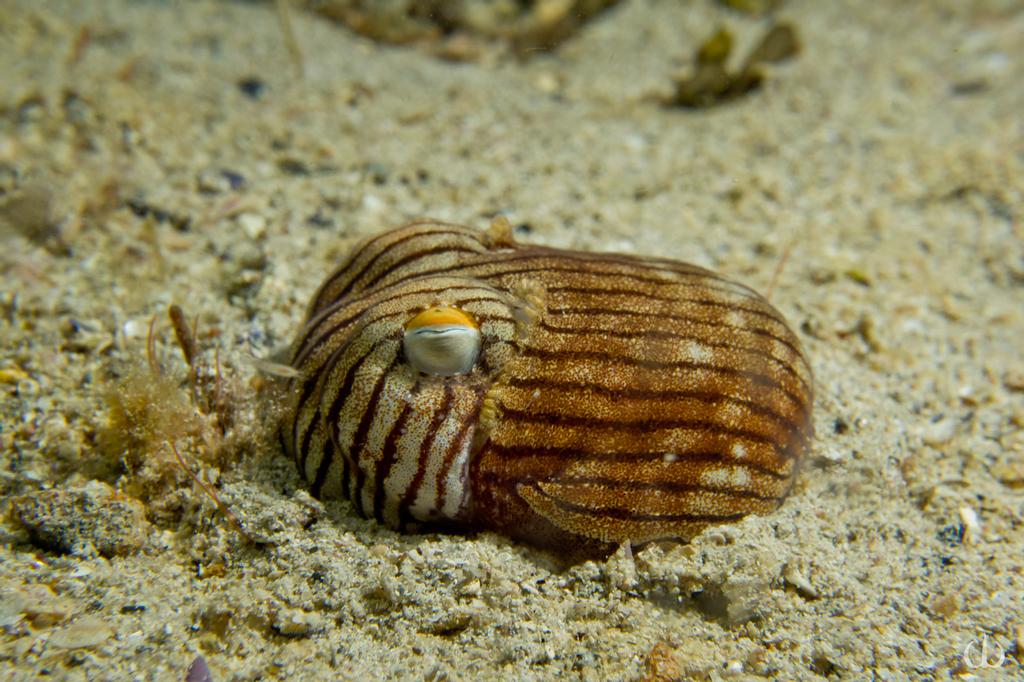
It may seem cute, but this colorful cephalopod packs a deadly secret. The Sepioloidea lineolata or striped pyjama squid is one of the few poisonous species of cephalopods. Contrary to its common name, it is actually a species of cuttlefish. Its glaring display of color, like most marine animals, serves as a warning to predators that it is highly toxic and dangerous to eat.
The small glands under its skin produce venomous saliva that contains tetrodotoxin. Striped pyjama squids live in shallow coastal waters, usually camouflaging themselves under sand or mud. These cuttlefish can be found from the southern Great Barrier Reef up the waters of central South Australia.

